An earlier version of this article mistakenly referred to the therapy Andy Lindsay had as gene therapy. It is targeted therapy, which targets and inhibits the EGFR mutation, but does not alter the patient’s DNA.
文章
病患個案 >
肺癌4期病人登上尼泊爾美拉峰 / When the Lung Cancer Patient Climbs Mountains
肺癌4期病人登上尼泊爾美拉峰 / When the Lung Cancer Patient Climbs Mountains
城中活動
2024-07-20 12:00 上午
CICF x K&K Charity – 逆風計劃 -「 敢動人生2024 計劃 」🌞 帆船篇
2024-07-16 4:00 下午
CICF x K&K Charity – 逆風計劃 -「 敢動人生2024 計劃 」🌞 – 地壺球
2024-06-12 10:00 上午
留住這一刻 ——維港帆船體驗慈善計劃
疑難排解
我們有一群專業的醫護人員及相關朋友,隨時解答大家的疑難,立即提交疑問!
會員註冊
成為會員,可以第一時間接收由病患者和照顧者角度出發的資訊,立即行動!
或許你會想看
港爸確診肝癌第四期積極治療 女兒窩心打氣 成抗病強心針
港爸確診肝癌第四期積極治療 女兒窩心打氣 成抗病強心針 2017年,是身為兩女之父的余先生人生的轉捩點,他確診 […]
病人組織專訪 : 癌症資訊網
病人組織專訪 : 癌症資訊網 Thank you for the invitation from #GSK f […]
【病人分享 | 患有肺癌都可以行山?!】
【病人分享 | 患有肺癌都可以行山?!】 1 好多人認為確診肺癌等於乜都做唔到,呢個觀念要改啦!就好似今集主角 […]
香港28歲腦癌「睡公主」離世前短暫甦醒 成爸爸媽媽心中最美時光
香港28歲腦癌「睡公主」離世前短暫甦醒 成爸爸媽媽心中最美時光 撰文:紅出版集團 最後更新日期:2021 […]
【生命鬥士】李明蔚抗癌8年身體漸弱 馬浚偉出錢出力開Live助籌醫藥費
【生命鬥士】李明蔚抗癌8年身體漸弱 馬浚偉出錢出力開Live助籌醫藥費 向來善心滿戴的馬浚偉昨晚(9月16日) […]
抗癌一家的勇武精神 面對逆境永不放棄
抗癌一家的勇武精神 面對逆境永不放棄 [感人故事] 俗語有說,屋漏兼逢夜雨,對許多 […]
癌病少女Chloe Cress的聖誕禮物︰「回家真好﹗」
癌病少女Chloe Cress的聖誕禮物︰「回家真好﹗」 [感人故事新聞稿] 一切從步履蹣跚的問 […]
抗癌雙妹跨越逆境 最難,是向家人講自己有癌!
一場癌症,可以帶走一切生存的盼望,但原來也可以帶來意想不到的祝福! 兩位因癌症而認識的女子Katy和Yan,一 […]
國際冠軍跑手Gabe 未因癌症折磨放棄追夢 繼續跑步人生至死方休
美國國際冠軍跑手Gabriele Grunewald (暱稱「Gabe」)於2009年確診罕見腺樣囊性癌,一年 […]
19歲患血癌學懂慢活人生 不會流淚的女生:情緒會誘發癌細胞
19歲患血癌學懂慢活人生 不會流淚的女生:情緒會誘發癌細胞 患血癌的Esther患病後學會忍耐 […]
跨過生死考驗的真愛 血癌女生獲前男友不離不棄愛足15年
跨過生死考驗的真愛 血癌女生獲前男友不離不棄愛足15年 ▲ Esther患癌後得到男友不離不棄, […]
高考體檢發現腫瘤 女大學生繪Q版抗癌日記鼓勵病友
高考體檢發現腫瘤 女大學生繪Q版抗癌日記鼓勵病友 21歲女大學生繪Q版抗癌日記鼓勵病友 ▲因為化 […]



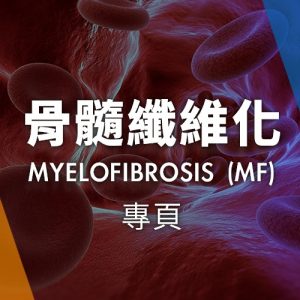
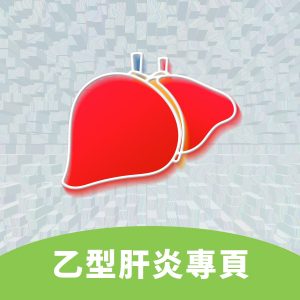
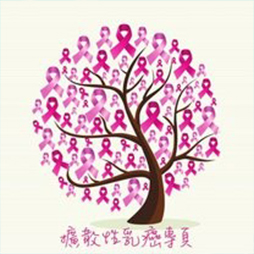
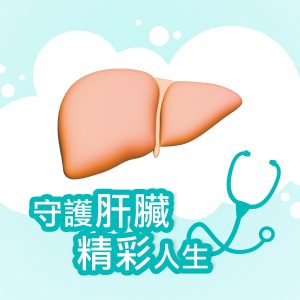


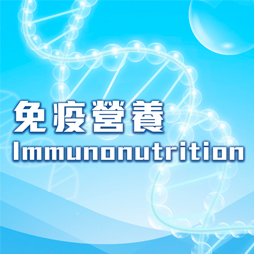
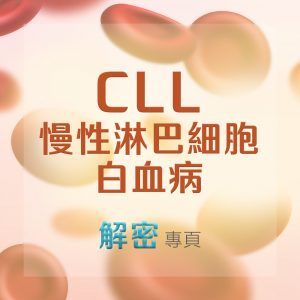






.jpg)
.jpg)
.jpg)
.jpg)
.jpg)


